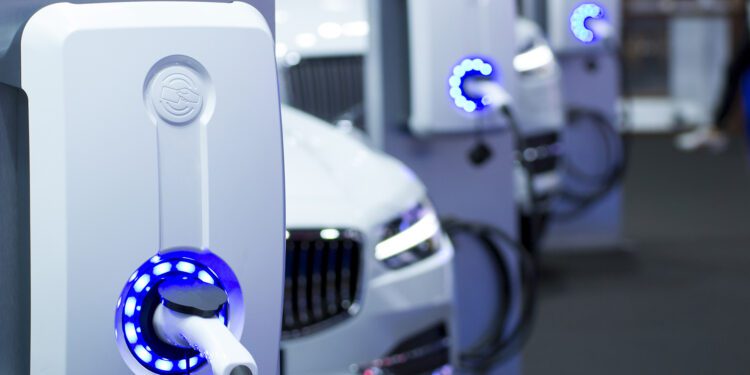Research Centre Successful In Active Anode Materials Plant (AAMP) Purification Tests
Mineral Commodities Limited (ASX:MRC) reports that Australian scientific body the CSIRO has successfully completed the majority of optimisation and scale-up testwork in the Australian Federal Government Cooperative Research Centres Project’s (CRC-P) collaboration with MRC, and Doral Fused Materials.
The process under development at CSIRO targets the development of a more environmentally sustainable purification process in comparison to the current practice of purification with toxic hydrofluoric acid, targeting the purification of graphite to minimum purities of 99%, 99.5%, and 99.95% (battery grades).
The collaboration has taken the caustic-based process through 11 stages of testing, comprising 502 tests. It has targeted testing on: different feed sources (Munglinup and Skaland), different feed types (spherical graphite, spheronisation fines and flake graphite), increasing scale, and optimisation of reagents consumption, including 64 tests incorporating reagents recycling (lock-cycle tests).
Acting CEO, Russell Tipper, said plleasingly, the process continued to achieve battery grades and high recoveries of feed to purified product.
The process achieved purities of up to 99.98% and 99.99% respectively for Skaland and Munglinup spherical graphite on scale-up from lab to mini-pilot scale, exceeding the battery grade targets of 99.95% and resulting in high levels of confidence in its robustness.
Mr Tipper said these results are particularly pleasing given that they are from lock-cycle tests where process reagents are recycled to reduce overall reagents consumption, rather than purified with fresh reagents only.
Lock-cycle tests are more representative of industrial processes where the build-up of impurities in recycle streams need to be managed to ensure product quality is achieved whilst minimising reagent consumption. Further process optimisation and customer sample generation work is in progress.
Lock-cycle purification tests on the by-product fines from the spheronisation process achieved LOI purities of 99.25% to 99.8% for Skaland (depending on the purification conditions) and 99.51% for Munglinup (under the standard conditions for purifying Munglinup spherical graphite), with silicon the key residual impurity.
Typical purity targets for micronised graphite are 99% and 99.5%, showing that the process is capable of meeting both of these targets. Further optimisations are in progress to tailor impurities to customers’ requirements. Using the standard purification conditions to purify -150 micron Skaland flake achieved LOI purities of 99.9%.
Further optimisation of the processing conditions for purifying flake graphite is in progress. The purification program described above consisted of 11 completed sub-stages of the overall CRC-P program since September 2019, with the remaining testwork sub-stages in progress.
These consist of further process optimisation and customer samples generation and will be completed in the following months. This significant body of work allows the Company and CSIRO to tailor the process to different feed material types (spherical graphite, fines and flake) and concentrate sources and to optimise for particular impurities of concern to customers. The purification process results are also being used to optimise the concentrate quality produced at Skaland, to support the company’s vertically integrated mine-to-downstream materials business.
Mr Tipper said that given the excellent results for spherical graphite, fines and fine flake, the company is planning to evaluate the potential of the process to purify graphite anode materials recovered from lithium-ion batteries recycling.
Data packs from the mini-pilot plant testwork are currently being compiled to support:
• Delivery of an updated flowsheet and cost estimate for completion of the CRC-P project in 2021, and
• Construction of a larger scale pilot-plant to further de-risk the process and generate larger customer samples to support qualification prior to commercial AAMP construction.
“We are delighted with the progress of this purification project. The excellent research and development work conducted by CSIRO must be commended,” Mr Tipper said.
“The comprehensive program provides a very strong foundation to advance and de-risk the development of the AAMP, which is a cornerstone of value-adding at Skaland. Whilst R&D is patient work, it is essential to de-risk process development in a controlled, staged, and therefore successful, manner. We look forward to completing the development of the larger scale purification pilot plant and the associated AAMP feasibility study in 2022”. C
SIRO Mineral Resources Group Leader at Waterford, Western Australia Dr Keith Barnard said CSIRO is eager to help Australian companies such as MRC position themselves in the battery metals sector, for both their benefit and for the future benefit of Australia.
“We are pleased to be working with MRC and Doral on our shared journey towards commercial deployment of this more environmentally sustainable purification process.” said Dr Barnard.
For further information please visit: https://www.mineralcommodities.com/












